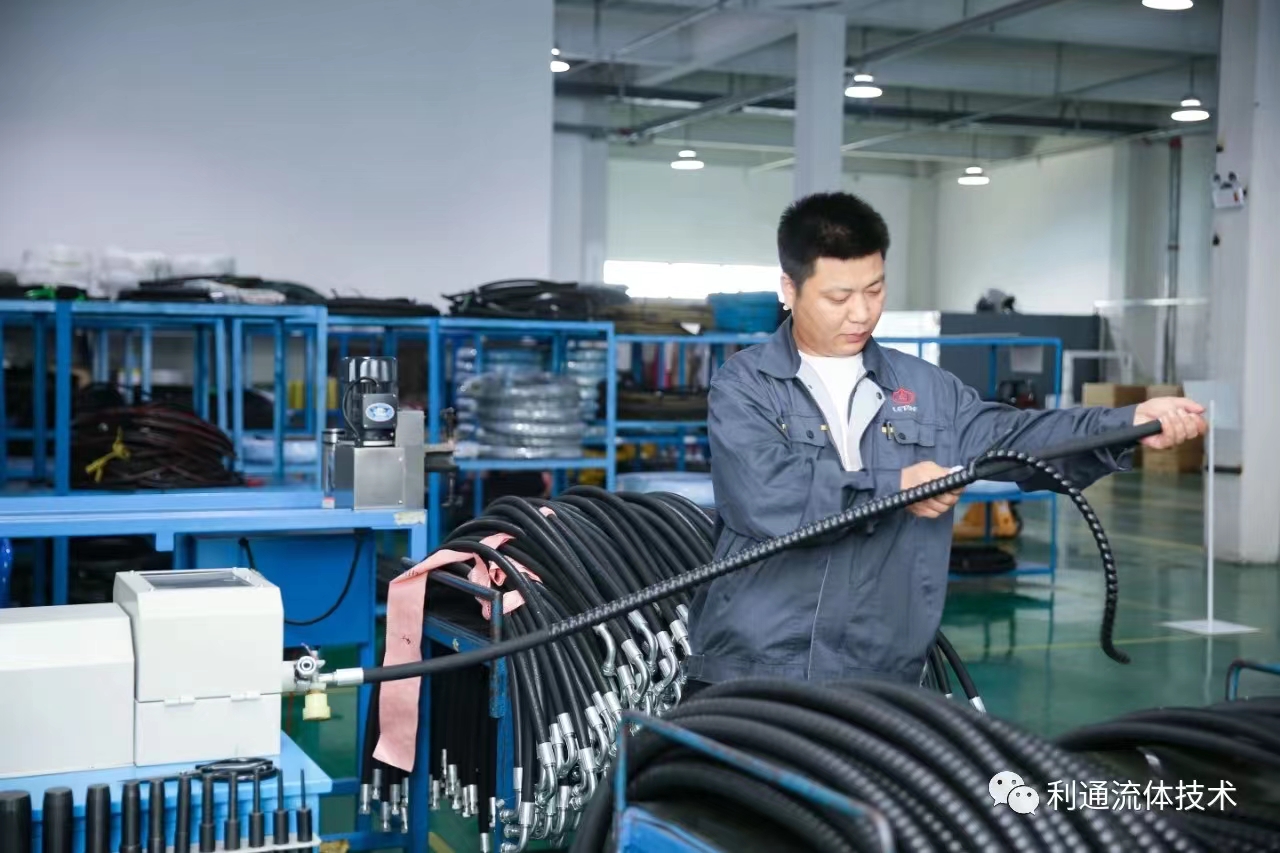Choosing the Right Hose Joint
2023-03-15 13:32:44
A hose joint is a fitting which attaches a pipe, hose, or other equipment to a hose. It is important to choose the correct coupling for each application. A wrong one can lead to pressure loss and leakage, as well as potential safety and health risks.
There are many options for hose joints and you should consider them all when selecting the right hose fitting. These factors include thread type, material of the hose or end connection, and the amount of pressure the hose will encounter.
First, determine whether the water pressure of the hose is high-pressure or low. If the hose is exposed to high-pressure, then you'll want to choose a hose that can handle that kind of pressure.
You should also ensure that the hose is resistant against abrasion, and that it does not have sharp edges that could cause injury to skin or other parts. Using the wrong hose can cause accidents and injuries in the workplace, so make sure you choose one that's made from strong materials and can stand up to whatever you're dealing with.
Once you've determined the thread type, it's time to consider the size of the hose or equipment to be coupled with the fitting. The size will impact the ease of insertion and the strength of the seal.
A coupling that's too small or too large will have an adverse effect on the elasticity of the hose and may cause premature leaks and disconnections. These problems can be prevented by choosing the right size hose.
There are many styles of hose couplings, each with its own advantages and disadvantages. Each style will work for a specific application, so it's important to understand what you need before you shop for a hose coupling.
For example, a ground joint coupling valve hose coupling is designed for high working pressure applications that require increased retention and quick attachment and release. It includes a spud connector that converts the coupling into pipe thread, a shank that connects with the spud adapter and a female swivel nuts that locks in place on your spud.
A hose coupling that can withstand high pressure will be required to have a solid or semisolid thread. This thread won't corrode or break down as easily. These can be made from plastic or metals such as brass and stainless steel.